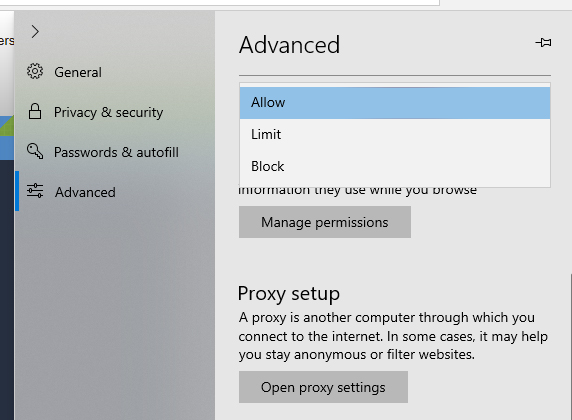Q: I have a problem after installing Windows 10 update. How can I undo it?
chicagotech.net: you can choose to go back to previous build. Windows Key+i > Update & security > Recovery > Go back to previous Build.
Q: I have a problem after installing Windows 10 update. How can I undo it?
chicagotech.net: you can choose to go back to previous build. Windows Key+i > Update & security > Recovery > Go back to previous Build.
Q: Our Malwarebytes software mat stop working and need to restart the Malwarebytes services. I would like to create a batch file to restart it remotely. How can I do it?
chicagotech.net: you can use SC command line, foe example: SC \\computername start SCCommService. To find the service name, run service and go the properties. Or use SC \\COMPUTERNAME query command.
Deployment Image Servicing and Management (DISM) tool is a command-line tool that can be used to service and prepare Windows images, including those used for Windows PE, Windows Recovery Environment (Windows RE) and Windows Setup. DISM can be used to service a Windows image (.wim) or a virtual hard disk (.vhd or .vhdx). DISM comes built into Windows and is available through the command line or from Windows PowerShell.
To use the DISM, please follow these stpes:
Q: What’s Windows RE and WinReTools?
Chicagotech.net: Windows Recovery Environment (WinRE) is a recovery environment that can repair common causes of unbootable operating systems. By default, if you install Windows using media created from Windows Imaging and Configuration Designer (ICD), you’ll get a dedicated WinRE tools partition on both UEFI and BIOS-based devices, located immediately after the Windows partition. This allows Windows to replace and resize the partition as needed.
WinRE includes these tools:
Q: How do you enable or disable popup in Microsoft Edge?
chicagotech.net: Click on 3 dots on the top of right. Click Settings and then Advanced. Under Media autoplay, you will have option to Allow, Limit and Block.
